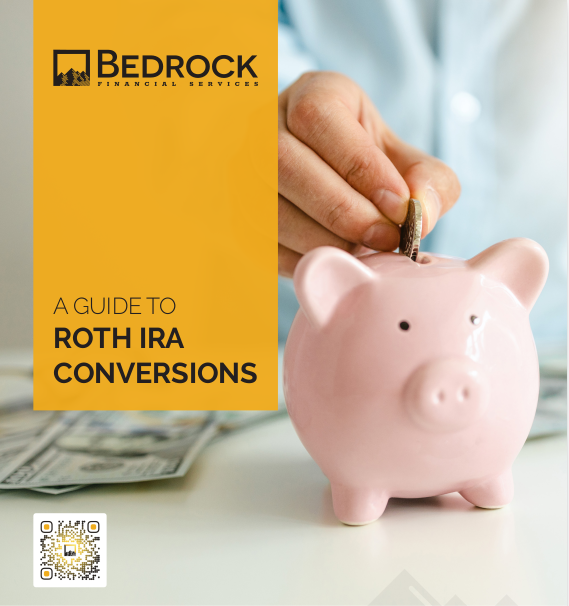Key Takeaways
-
Your social media strategy should reflect your personality and values, not just your services. Clients are more likely to engage when they see your content as educational or inspiring rather than sales-driven.
-
Authenticity and consistency are more valuable in 2025 than flashy promotional tactics. Build trust first—sales follow naturally.
Why Social Media Still Matters for Financial Professionals in 2025
If you think social media has become too saturated to make a real impact, think again. In 2025, the average adult spends nearly 2.5 hours per day on social media platforms. These platforms are not just for scrolling; they are spaces where people explore big decisions—from buying insurance to planning retirement.
If you’re not actively present on social media, you risk becoming invisible in the digital world. But there’s a catch: posting like a commercial will only get you ignored—or worse, unfollowed.
What Makes a Financial Post Sound Like an Ad?
Many financial professionals unintentionally turn their posts into mini infomercials. Here’s how you know you’re leaning too far into sales mode:
-
Overusing call-to-action phrases like “Schedule a call today” or “DM me for quotes”
-
Posting only about services or credentials
-
Using graphics that look like magazine ads from 2010
-
Sharing compliance-heavy language that sounds robotic
Instead, ask yourself: Would I stop to read this if I weren’t me? If the answer is no, it’s time to reframe your approach.
Start with a Content Mission Statement
Before you post anything, define your purpose. What value do you want to provide? It might be:
-
Simplifying financial decisions
-
Inspiring financial confidence
-
Offering bite-sized retirement education
-
Highlighting milestones clients can aim for
This mission will act as your filter. If a post doesn’t align with it, it likely won’t resonate.
The 80/20 Principle for Social Content
A smart posting strategy for 2025 still follows the 80/20 principle:
-
80% value-driven content: Think tips, insights, FAQs, and personal thoughts that spark reflection or understanding.
-
20% promotional content: Include offers, reminders, and service highlights—but always with a clear, respectful tone.
When you deliver value consistently, your occasional promotional posts feel like helpful nudges, not pushy pitches.
Break Down Financial Concepts Like You’re Talking to a Friend
Your audience doesn’t want to read industry reports. They want clarity. Here’s how to meet them where they are:
-
Use analogies and everyday metaphors to explain retirement savings, insurance types, or investment risk.
-
Break long posts into short paragraphs and include emojis or formatting that guide the eye.
-
Start posts with questions or challenges your audience faces: “Feeling unsure if your retirement timeline is realistic? You’re not alone.”
This conversational tone bridges the gap between expertise and relatability.
Balance Personal and Professional Without Oversharing
People engage more with humans than brands. That said, your content shouldn’t feel like a diary. Here’s how to maintain balance:
-
Share what fuels your work—your purpose, lessons learned, or why you care about helping others retire securely.
-
Celebrate milestones (without revealing client names) like the number of families helped or new credentials earned.
-
Occasionally pull back the curtain on your day-to-day with behind-the-scenes looks or candid reflections.
When your audience feels like they know you, they’re more likely to trust you.
Use Stories and Reels—But Focus on Message Over Trend
Short-form video is still king in 2025, especially on platforms like Instagram and TikTok. But flashy transitions mean nothing if your content lacks depth. Here’s how to make it count:
-
Use captions to explain complex ideas simply
-
Create mini-series that address one client question per clip
-
Keep audio clear and tone conversational
-
Close each video with a takeaway, not a sales pitch
Consistency—not virality—should be your primary goal. One video won’t build your brand, but one year of steady, clear messaging will.
Schedule Posts—But Stay Ready to Engage
Tools like automated schedulers are helpful, but don’t let them run the show. Human interaction remains essential:
-
Reply to comments promptly
-
React to relevant posts by others in your industry
-
Reshare testimonials or feedback with thoughtful context
Your engagement strategy shouldn’t end at “likes.” Make it a two-way conversation.
Watch Your Metrics, But Don’t Obsess Over Them
Data matters, but obsession doesn’t drive authenticity. Focus on indicators that tell you your message is landing:
-
Saves and shares are more valuable than likes
-
DMs or comments asking questions signal interest
-
A consistent follower increase over months—not days—is a good sign
Remember, your goal isn’t mass appeal. It’s relevance to your ideal client.
Common Traps to Avoid in 2025
Even seasoned professionals fall into habits that damage credibility or visibility. Watch out for:
-
Too much jargon: It may sound smart to you, but it creates confusion for your audience.
-
Generic stock images: People scroll past anything that looks staged or impersonal.
-
Posting inconsistently: An active account builds trust. A silent one loses it.
-
Reposting content without adapting it: A post that worked on LinkedIn might need reformatting for Instagram or Facebook.
Each platform has its own rhythm and expectations. Don’t treat them all the same.
Content Ideas That Don’t Feel Like Ads
Here’s what to post when you’re stuck:
-
“3 questions to ask before buying life insurance”
-
“What I wish more people knew about TSP withdrawals”
-
“One mistake that can delay your retirement timeline”
-
“What changed in retirement planning laws in 2025 that you should care about”
-
“Why budgeting in your 50s looks different than your 30s”
When you lead with curiosity and insight, you leave room for conversation.
Frequency: How Often Should You Post?
In 2025, posting daily is not necessary for most financial professionals. Instead:
-
Aim for 3-4 quality posts per week
-
Mix formats: images, carousels, videos, and text-only updates
-
Focus more on engagement metrics than output volume
Sustainable content beats high-volume content every time.
Staying Compliant Without Sounding Robotic
Compliance is non-negotiable—but your tone doesn’t have to be cold. Keep these in mind:
-
Disclose where required, especially when discussing general costs or timelines
-
Avoid guarantees or specific projections unless backed by disclaimers
-
Speak generally about planning strategies, not product pitches
And when in doubt, run your post by your compliance officer before publishing.
Building Community Over Collecting Followers
Your audience is more than a number. You’re building a professional presence that creates:
-
Ongoing engagement
-
Brand familiarity
-
A sense of trust before the first call
Invite feedback. Ask questions. Share polls. Start discussions that matter to your ideal client.
In 2025, your real online growth will come from community, not virality.
Your Voice Is Your Superpower
At the end of the day, no one else has your exact experience, point of view, or client philosophy. The more you lean into your unique voice, the less you’ll sound like an ad—and the more you’ll sound like someone worth listening to.
Don’t try to be the loudest. Be the clearest. The most consistent. The most human.
Let Us Help You Show Up Smarter Online
If you’re ready to show up on social media without feeling like you’re just pushing products, you don’t have to figure it out alone. At Bedrock Financial Services, we support professionals like you with:
-
Automation tools designed for financial marketing
-
Lead generation strategies that don’t feel pushy
-
Ongoing coaching so your message evolves with your business
Join us and learn how to build credibility, not just visibility. Let’s make your next post a conversation starter—not a scroll-past.







